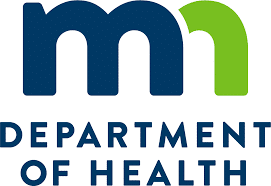Minnesota Department of Health Releases Report on Lead in Minnesota Water
 The Minnesota Department of Health recently released an interesting report – “Lead in Minnesota Water”. The report estimated the costs for removing the two most significant sources of lead to be between $1.52 billion and $4.12 billion over 20 years. Estimated benefits associated with removing lead from water include improvements in population mental acuity and IQ (and resulting increases in lifetime productivity, earnings and taxes paid). The projected range of benefits is $4.24 billion to $8.47 billion over 20 years, although there are a number of reasons to believe these benefits may be underestimated.
The Minnesota Department of Health recently released an interesting report – “Lead in Minnesota Water”. The report estimated the costs for removing the two most significant sources of lead to be between $1.52 billion and $4.12 billion over 20 years. Estimated benefits associated with removing lead from water include improvements in population mental acuity and IQ (and resulting increases in lifetime productivity, earnings and taxes paid). The projected range of benefits is $4.24 billion to $8.47 billion over 20 years, although there are a number of reasons to believe these benefits may be underestimated.
The two most significant sources of lead in Minnesota drinking water are lead service lines, which generally are controlled by cities, and plumbing fixtures, which generally are controlled by property owners. Minnesota still has an estimated 100,000 lead service lines remaining in the state. Pipes and solder installed before 1986 could also have high levels of lead.
Water systems developing an accurate inventory of lead services lines is the first step (and a critical step) for a program to remove all of the lead services lines, all the way to the building wall. The Lead Service Line Replacement Collaborative provides several tools and resources to help water systems and primacy agencies with lead service line removal programs.

